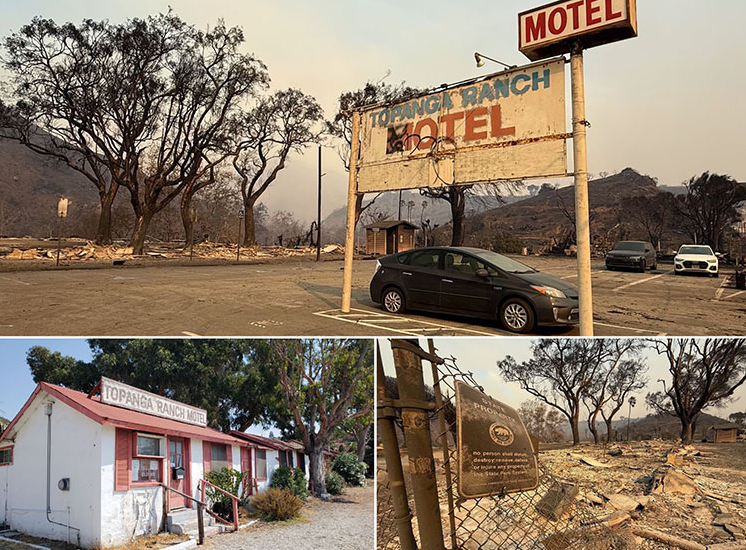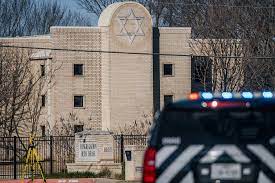
As a professional security expert, I am often asked how to prevent a terrorist bombings, active shooters, and other terrorist attacks. The key to stopping a terrorist attack before it happens two fold. disrupting it in the planning process and hardening a target. Terrorist attacks don’t just materialize over night. The planning process, depending on how intricate the attack is, may last weeks, months or even years! It is universally accepted terrorists move through the pre-incident indicators of terrorism to plan and deploy an attack. In order to prevent a terrorist bombing, much like Boston’s Marathon attack, law enforcement needs to work with information provided by an educated public.
The first step in how to prevent a terrorist bombing attack is recognizing surveillance. Recognizing surveillance is distinguishing between a tourist and someone looking at the physical security of a site, traffic patterns, or how an event is being set up and executed. The number one line of defense is the public needs to notify law enforcement of people and/or their actions that seem out of place.
The second step in how to prevent a terrorist bombing attack is understanding how terrorists use elicitation to extract information. They speak with anybody with insider knowledge about a potential target. It could be a front desk person at a hotel, a facilities manager or a janitor. The purpose of elicitation is to obtain information that cannot be found elsewhere. It may include shift changes, policies and procedures, or even something as simple as asking when things are busiest.
The third step in how to prevent a terrorist bombing attack is stopping tests of security. A test of security is not a dry run or a trial run. A test of security is designed to observe response time, see how far someone can go in to a restricted area, or to obtain information on procedures. A terrorist successfully testing security means they can now start to put their plan in to motion.
The fourth step in how to prevent a terrorist bombing attack is by minimizing funding of terrorist operations. Being a terrorist is expensive. They have to pay for a base of operations, food, equipment, transportation, etc. Typically, terrorists are involved in fraud, theft narcotics or other prevalent crime. If you witness a large transaction done in all cash or gift cards, that could be a sign of a potential terrorist attack being planned.
The fifth step in how to prevent a terrorist bombing attack stopping terrorist from acquiring supplies. Typically, retailers must pay special attention to their employees’ training. Something as simple as seeing an unusual group of supplies or chemicals being sold and asking them to wait for a manager may do the trick.
The sixth step in how to prevent a terrorist bombing attack is recognizing suspicious persons. If the presence of an individual seems out of place, report it law enforcement.
The seventh step in how to prevent a terrorist bombing attack stopping it during a dry run. If a dry run is successful, terrorists may then be fully prepared to carry out a terrorist attack.
It is important to remember that anything or anybody that seems out of place, no matter how potentially in-significant, should be reported to law enforcement. For more information on pre-incident indicator training, visit www.infragardlosangeles.org
Jeff Zisner is President & CEO of AEGIS Security & Investigations, a Certified Protection Professional, an 8 year veteran of the industry and Commercial Facilities Sector Coordinator for the FBI’s Infragard Members Alliance of Los Angeles. AEGIS services clients in Los Angeles County, Orange County and San Diego County.





